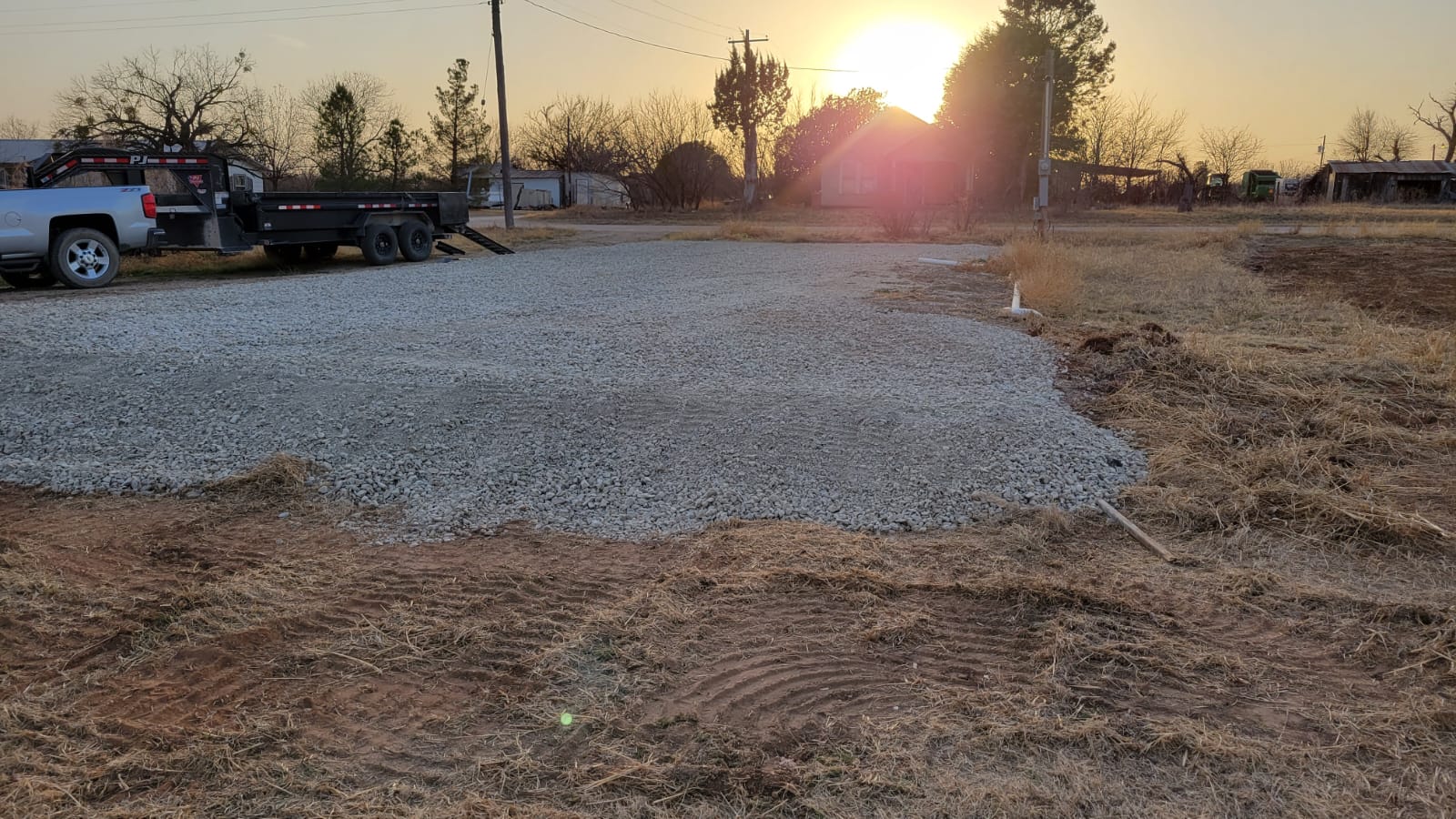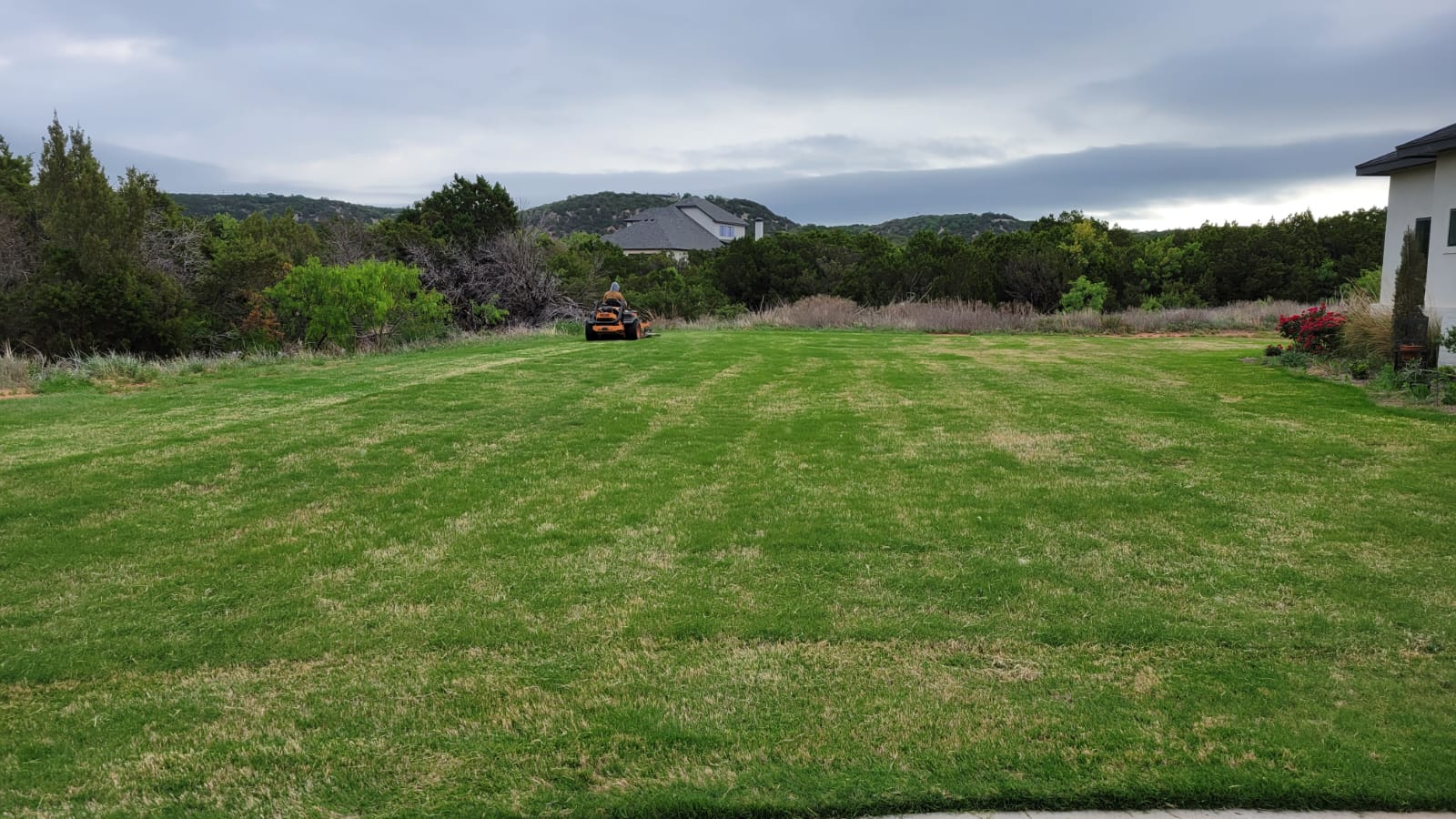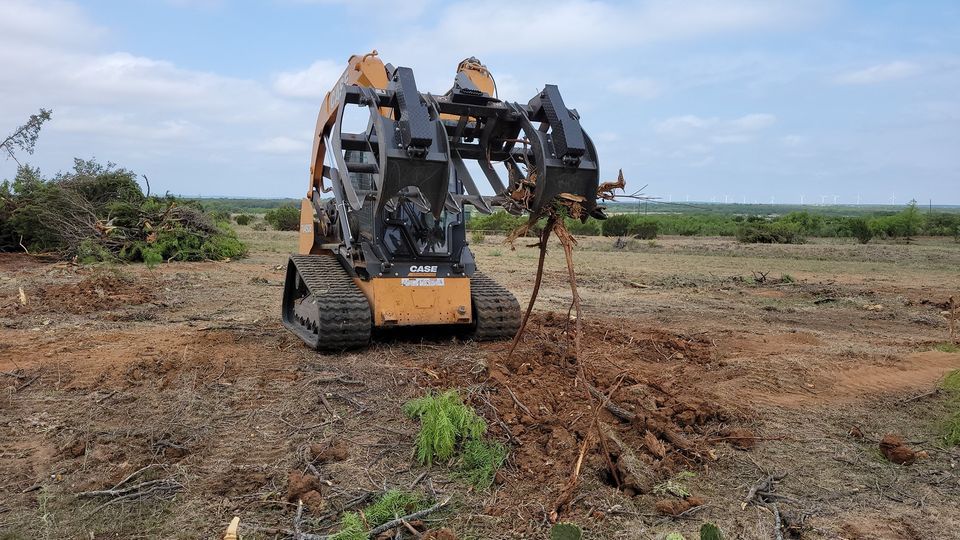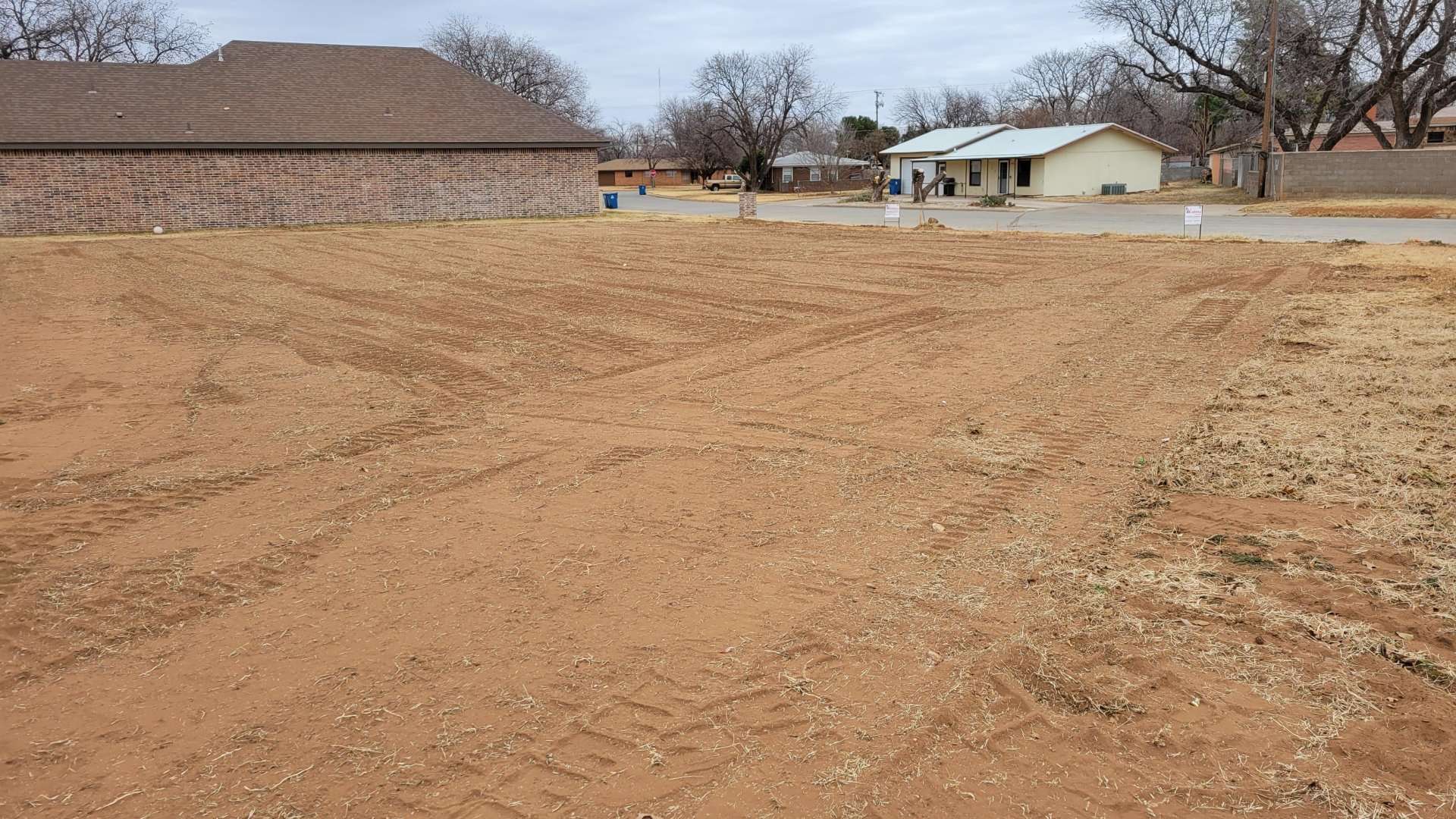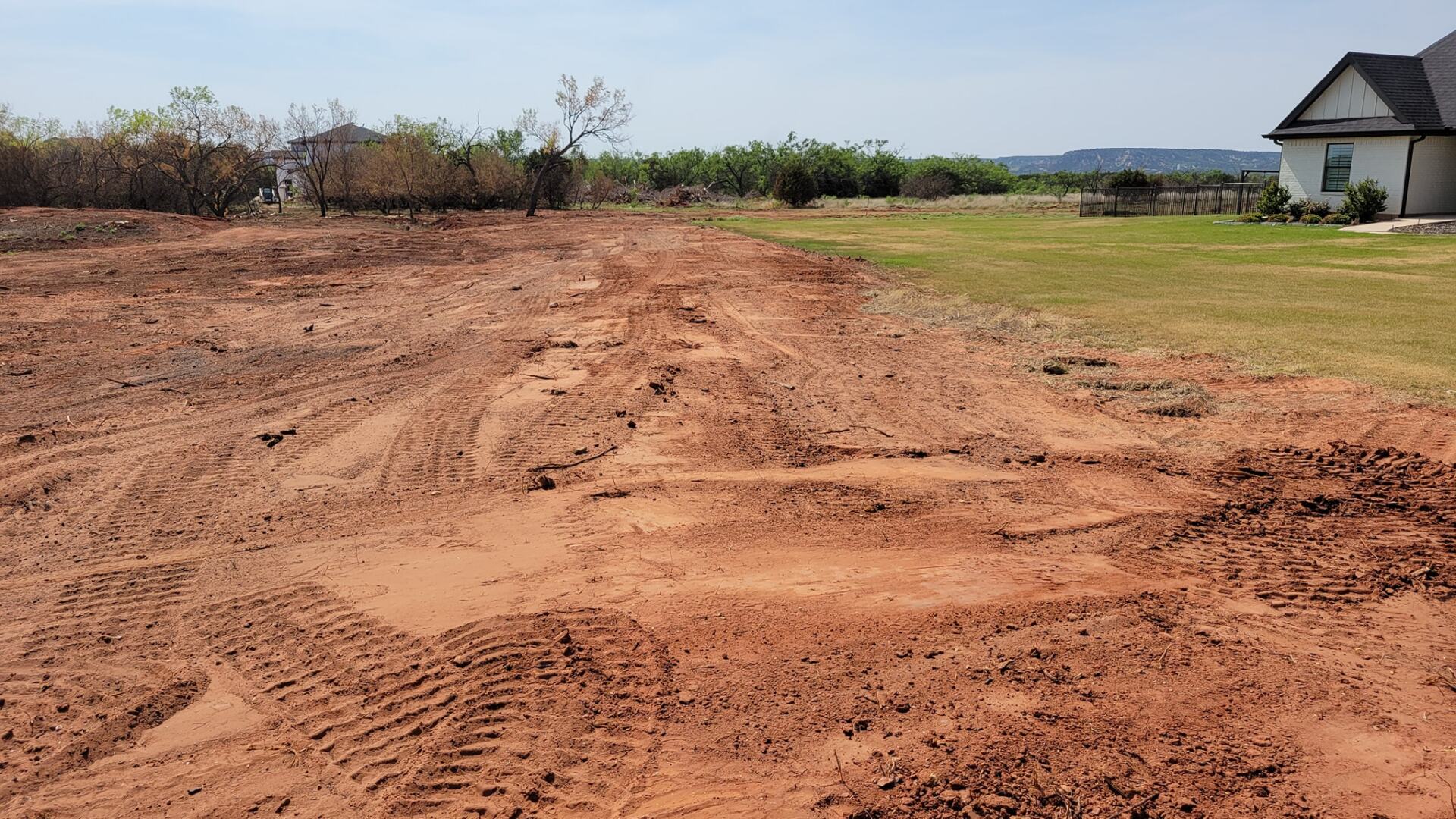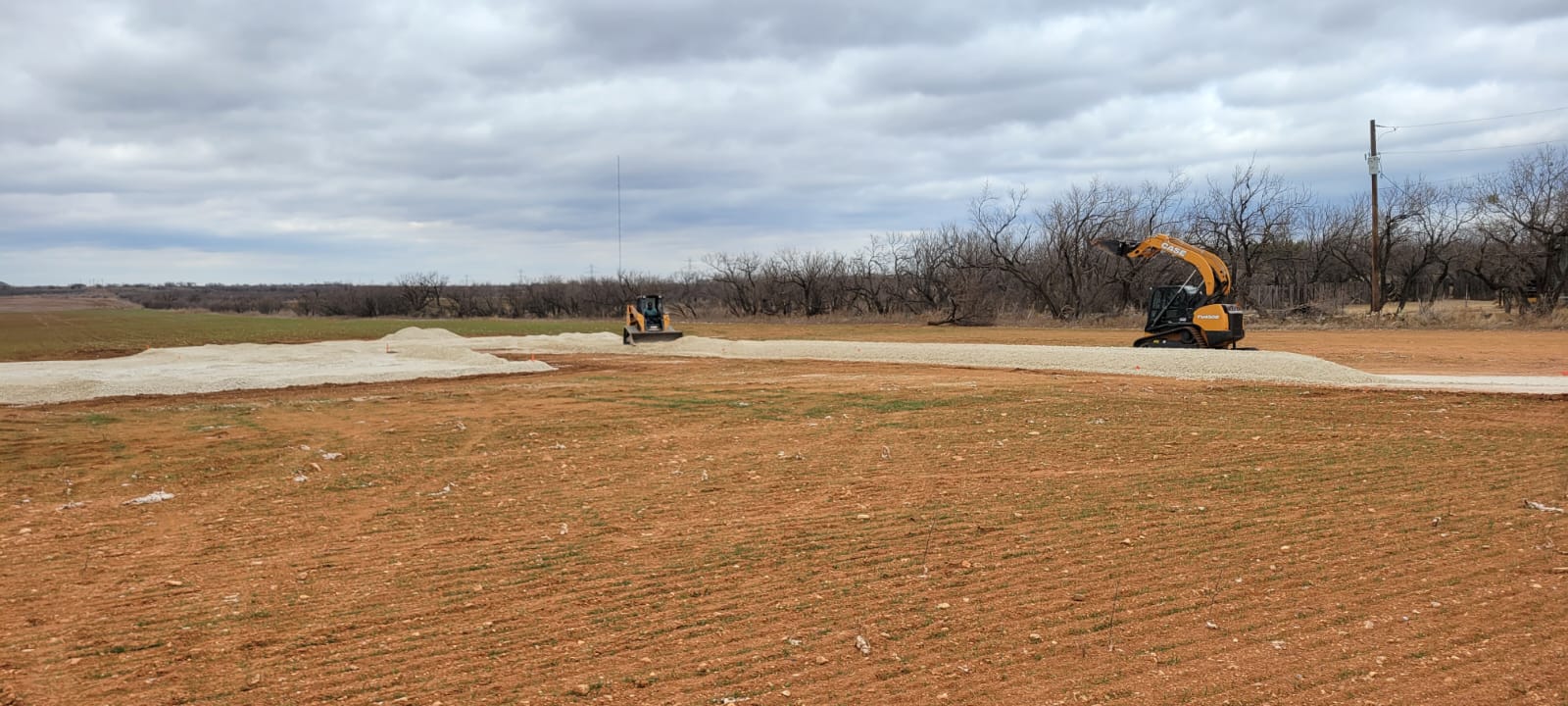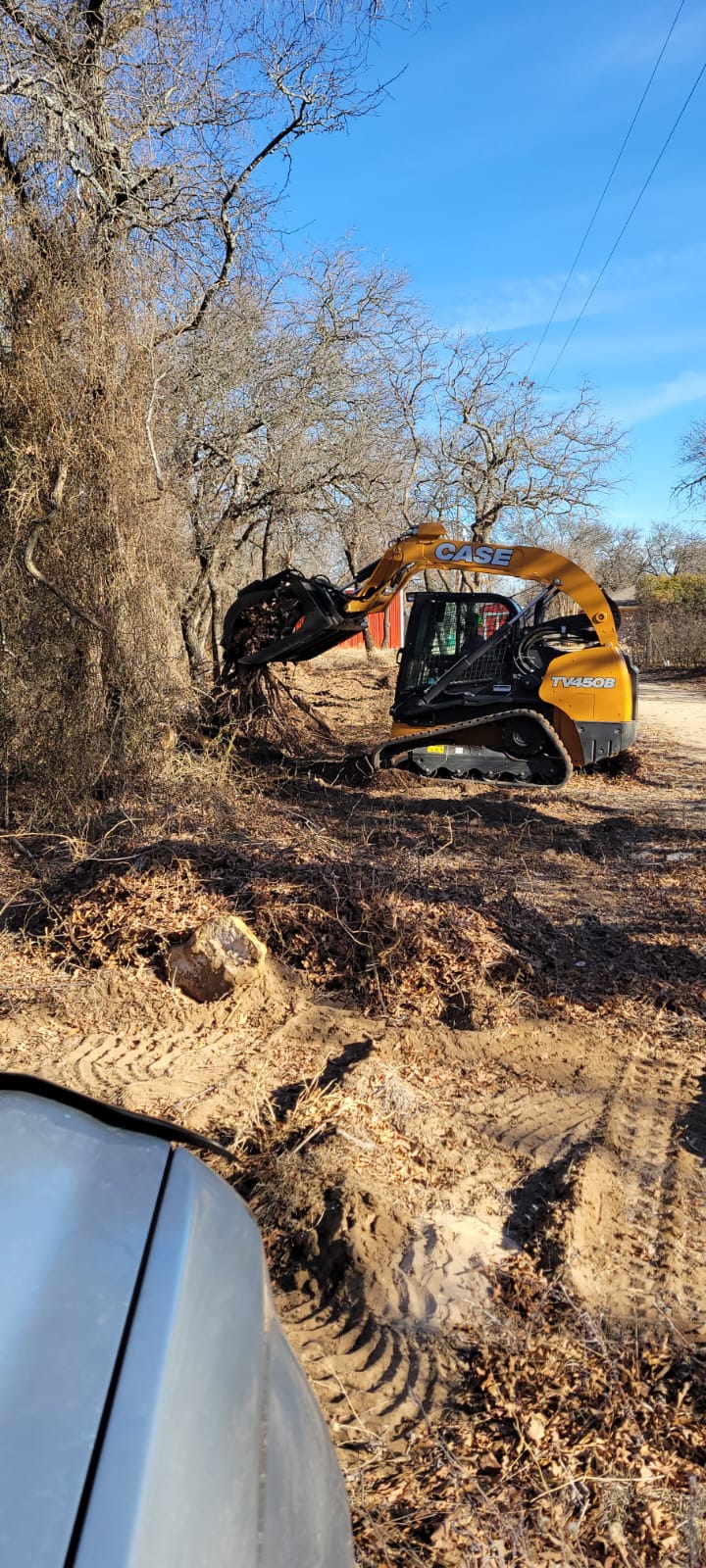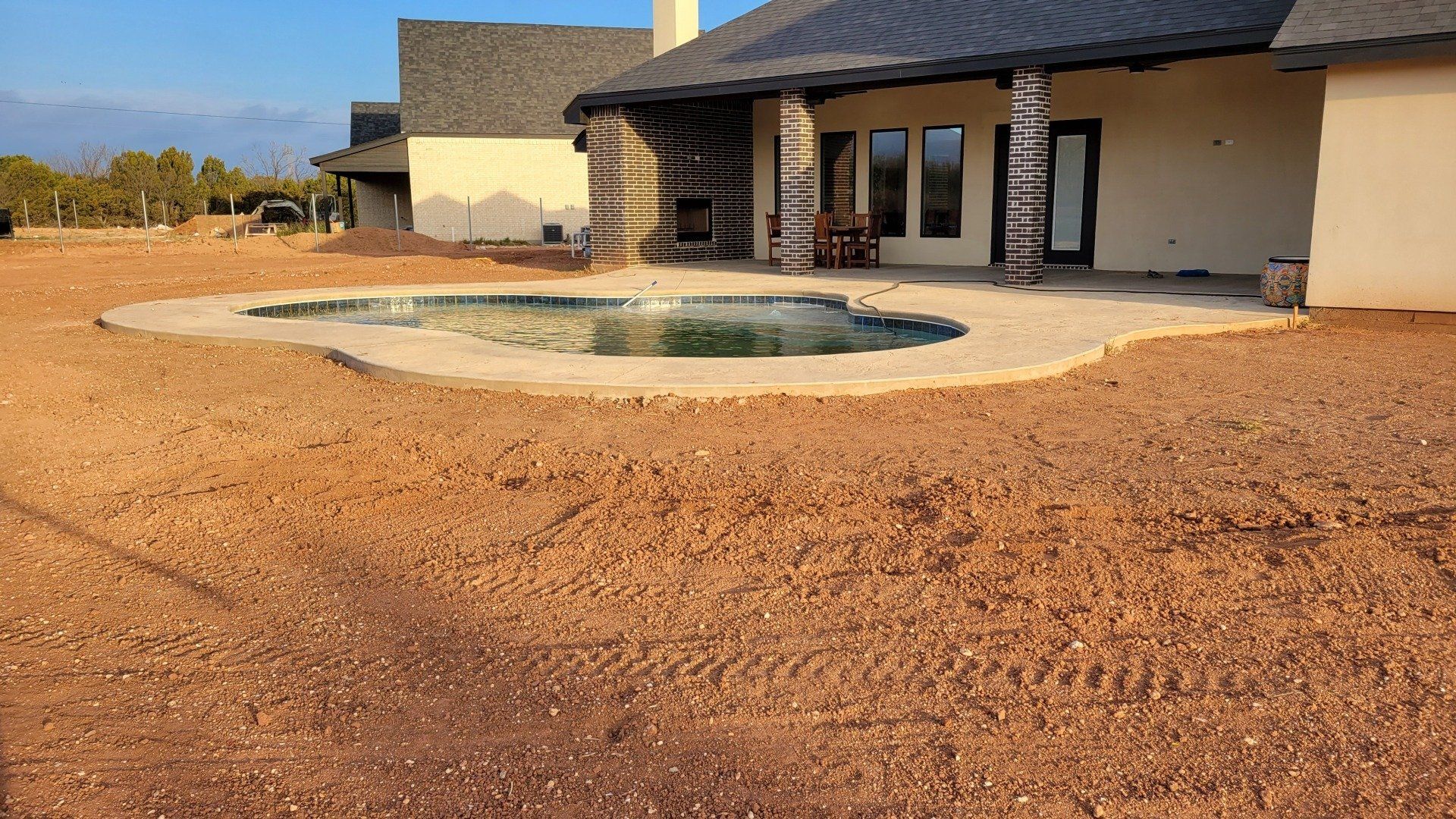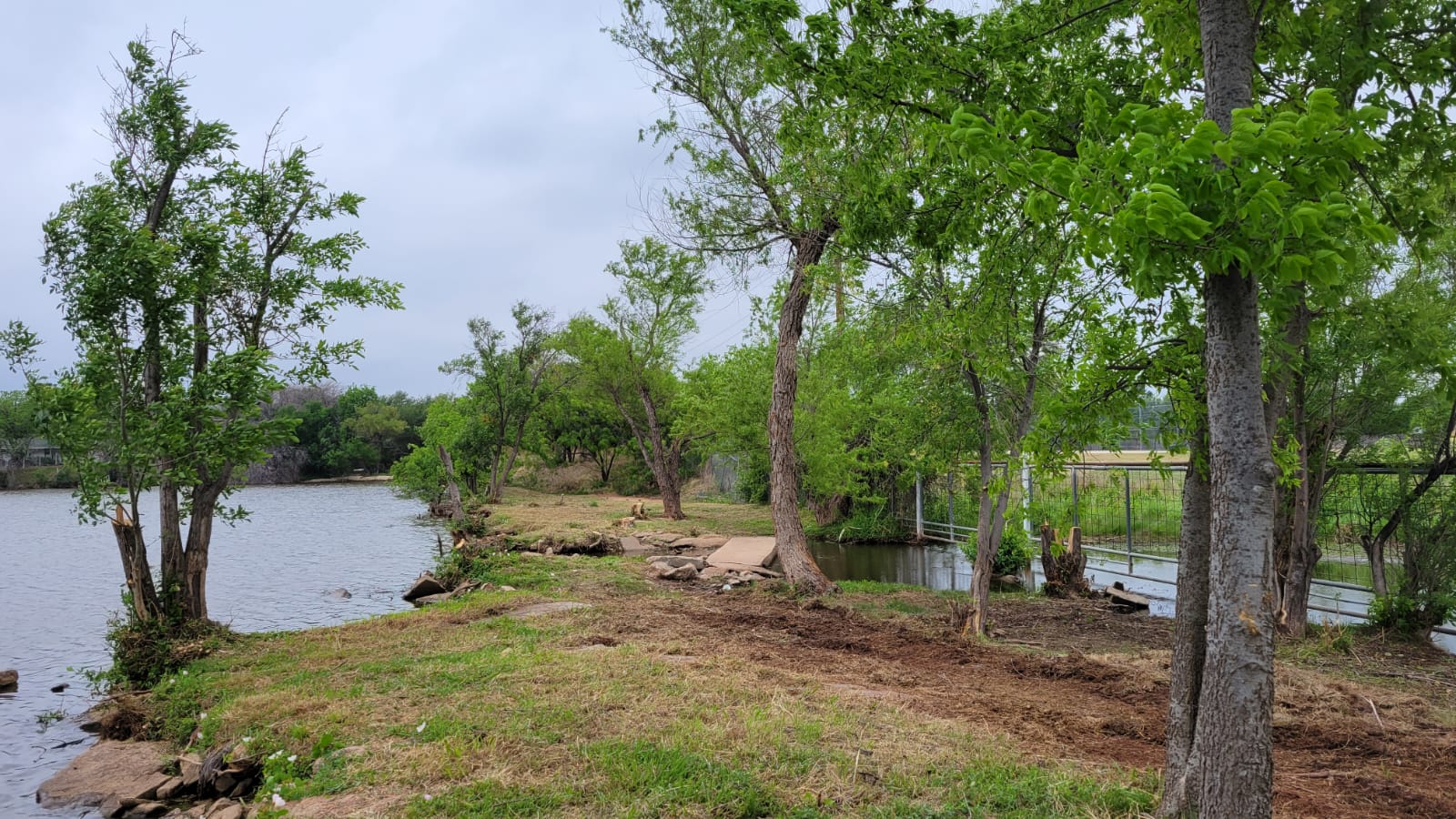Land Clearing and Site Preparation
The driveway is the first thing people see when they drive into your home or pass by your property. You want your driveway to stand out because it says a lot about the people who live there.
A low-cost home improvement solution for your home’s curb appeal, to add value to your property, and to prevent drainage problems would be the installation of a customized gravel driveway.
There are some factors to consider before you start the project including:
- The Layout and design
- The materials
- The expertise
Layout and Design
The layout and design will depend on the amount of land available and your budget. Here are the most common design options to consider:
1. Circular Driveway
A circular, semicircular, horseshoe, teardrop driveway is the most elegant and luxurious, the most admired, and the most effective. This design is best for large houses with plenty of land to design a large circle with a circular landscape feature in the center.
2. Curved Driveway
A curved driveway is necessary when there are landscape obstacles like trees, large rocks, fountains, or any other obstacle that hinders the entrance to the property. A curved driveway is interesting and appealing to the eye, so it is best for long entrances.
3. Straight Line Driveway
A straight-line driveway is built when the front yard is small and there is no space to build a special design. It is also necessary when the property is far from the road; trees, garden, or other landscaping features will border the driveway. The border will enhance the driveway and will make it look very attractive.
Materials
Another factor to consider is the materials that will be used because they vary in prices and quality. There are two main types of granular materials to choose from: crushed stone and natural stone. The durability, drainage, size, shape, texture, and color are different for each. The installation of a new driveway requires three different sizes of gravel, one size for each of the three layers.
Crushed stone gravel
Crushed stone gravel is made from large rocks that have been mechanically crushed into pieces of different shapes and sizes, then sorted by filtering through mesh of different sizes. Its rough texture and angular edges interconnect with each other forming a stable surface and preventing gravel migration with traffic or rain.
Crushed stone comes from different types of rocks, and it comes in different sizes and colors.
The most common rocks are limestone, granite, dolomite, and traprock.
Natural stone gravel
Natural stone gravel is formed because of the weathering and erosion of rocks. This type of gravel has a smooth texture, and a round or oval shape. It is found in different sizes and colors in rivers, streams, and oceans. The size of natural gravel ranges from 1/8 inch to 2 inches in diameter. Due to its smooth texture, round shape, and diverse colors, it is commonly used as decorative stones. However, it can also be used as a top layer for driveways but edging installation is required to keep pebbles from migrating.
The most common natural stone gravel is pea gravel pebbles: The pea size pebbles come in 1/8 inch to 3/8 inch, and it is an inexpensive type of gravel used as an aggregate material to roads and driveways.
Decide what type of gravel you will choose for the three layers. The bottom layer will need large size gravel. The middle layer will need medium size gravel and the top layer will need small size gravel.
Process of building a gravel driveway
A gravel driveway consists of three layers. Before spreading each layer of gravel, steps must be taken to prepare the path.
FIRST STEP: Mark out the path with stakes and string according to the design you have chosen. The measurement can vary from 12- 20 feet wide.
SECOND STEP: Prepare the ground. Remove debris, weed, grass, trees, and topsoil. You will need to excavate the path, compact, and level it. One foot to a foot and half must be excavated to lay 4 to 6 inches of gravel per layer. After it is smoothed, it is a good option to lay down a weed barrier to prevent weeds from growing through the driveway. Before laying the gravel, it is recommended to edge the driveway to keep the gravel in place.
THIRD STEP: Spread 4 to 6 inches of large size gravel and compact the Base Layer.
FOURTH STEP: Spread 4 to 6 inches of middle size gravel and compact the Middle Layer.
FIFTH STEP: Spread 4 to 6 inches of small size gravel and rock dust and compact the Top Layer. This combination will tightly bond the surface to last a long time.
SIXTH STEP: Grade the driveway. The middle part of the driveway should be slightly higher than the sides for water to drain on the sides. Ditches could be installed on the sides to drain water away.
Expertise
Leave your driveway project in the hands of the experts. Midwest Landworx LLC has the experience and the machinery necessary to install your gravel driveway. Contact us for a free quote.
